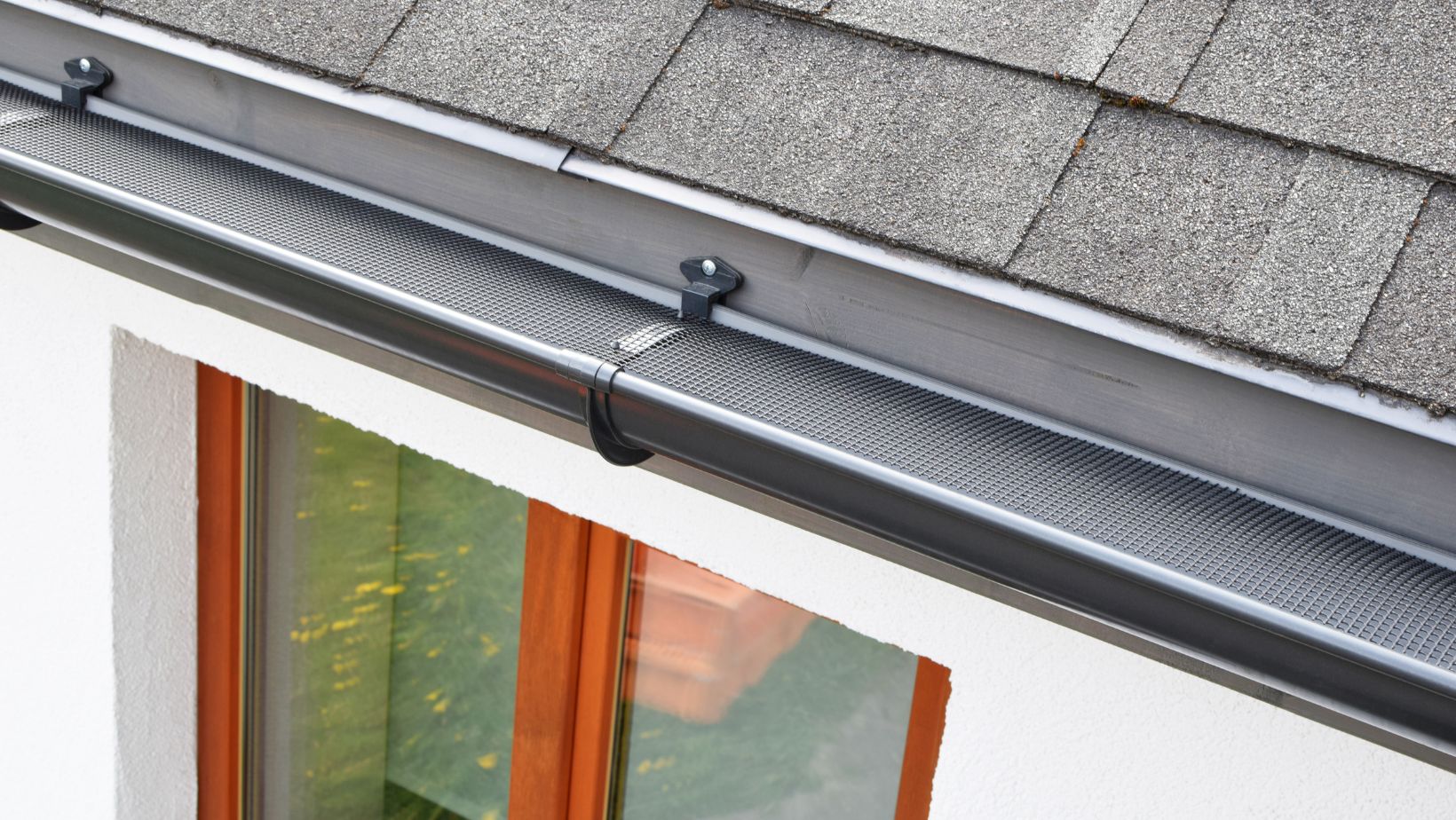Siding protects homes from the elements while enhancing their curb appeal. However, over time, siding can deteriorate due to various factors, potentially compromising both the aesthetic and structural integrity of a house. If you’re looking for reputable siding contractors in Vancouver, then we will explore key signs that indicate when it’s necessary to replace your siding, helping homeowners make informed decisions to maintain their property’s value and safety.
Signs of Warping and Buckling
Warping or buckling is one of the most visible signs that your siding may need replacing. This can occur due to prolonged exposure to moisture, fluctuating temperatures, or improper installation. Warped or buckled siding detracts from your home’s appearance and indicates underlying issues that could lead to more significant problems if left unaddressed. These deformations create gaps where moisture and pests can infiltrate, potentially causing mold, rot, or structural damage over time.
Faded or Discolored Siding
Another clear indication that it might be time for new siding is significant fading or discoloration. Siding is exposed to sunlight, weather, and pollutants daily, causing colors to fade and lose their vibrancy over the years. Faded siding not only diminishes your home’s curb appeal but can also signal that the protective outer layer of the siding is wearing thin. This compromises its ability to shield your home from moisture and other elements, potentially leading to more costly repairs in the future if not addressed promptly.
Cracks and Holes
Cracks or holes in your siding are more than just aesthetic issues; they can threaten your home’s insulation and structural integrity. These openings allow moisture, insects, and rodents to penetrate the walls, leading to water damage, mold growth, and even compromising the stability of the siding itself. Inspect your siding regularly for any signs of cracking, splitting, or holes, especially after severe weather events. If you suspect pest intrusion, consider Waynes Pest Control Tuscaloosa to help address any underlying issues. Prompt replacement of damaged siding can prevent further damage and preserve your home’s value.
Peeling Paint or Wallpaper Inside
While siding is primarily an exterior feature, its condition can also manifest inside your home. If you notice peeling paint or wallpaper inside, particularly near exterior walls, it could indicate moisture seeping through your siding. Moisture infiltration damages interior finishes and shows potential issues with your siding’s ability to protect against water intrusion. Addressing this promptly can prevent more extensive water damage and mold growth, ensuring a healthier indoor environment for you and your family.
Increased Energy Bills
A sudden increase in your energy bills could be linked to compromised siding. As siding ages or deteriorates, it may lose its insulating properties, allowing heat or cool air to escape from your home quickly.

This forces your heating and cooling systems to work harder to maintain comfortable temperatures, increasing energy consumption and utility costs. If you’ve noticed a spike in your energy bills without a clear explanation, consider inspecting your siding to determine if replacement is necessary to improve energy efficiency and reduce costs.
Mold or Mildew Growth
The mold or mildew on your siding is unsightly and indicates a potential moisture problem that needs immediate attention. Mold and mildew thrive in damp environments, and if they appear on your siding, it suggests that moisture is penetrating through or behind the siding material. This moisture can lead to significant damage over time, including rotting the underlying structure and compromising indoor air quality. Addressing mold or mildew promptly often requires replacing the affected siding and ensuring that the underlying cause of moisture intrusion is identified and fixed to prevent recurrence.
Loose or Missing Siding Panels
Loose or missing siding panels are not only a cosmetic issue but also a functional one. When siding panels become loose or fall off, it exposes the vulnerable areas of your home’s exterior to the elements, increasing the risk of water damage, pest infestation, and reduced energy efficiency. Inspect your siding regularly for any signs of loosening or missing panels, especially after severe weather events. Promptly replacing damaged or missing panels will help maintain the integrity of your home’s exterior and prevent more extensive repairs.
Visible Signs of Rot or Decay
If you notice signs of rot or decay on your siding, it’s a clear indicator that immediate replacement is necessary. Rotting or decaying siding is typically caused by prolonged exposure to moisture, which can compromise the structural integrity of your home’s exterior walls. Common signs of rot include soft spots, crumbling edges, or a musty odor. Ignoring these signs can lead to more extensive damage to your home’s framing and insulation, potentially requiring costly repairs. Addressing rot or decay promptly by replacing affected siding will help protect your home from further deterioration and maintain its overall value and durability.
Ensuring that your home’s siding is in good condition is essential for aesthetic appeal and structural integrity. By recognizing these warning signs and taking proactive measures, homeowners can protect their investments and ensure a safer, more comfortable living environment for themselves and their families. Regular inspections and timely maintenance or replacement of siding when needed will go a long way in preserving the beauty and value of your home for years to come.

Maintaining the quality and integrity of your home’s siding is crucial for aesthetic appeal and structural soundness. By paying attention to these warning signs – such as warping, fading, cracks, interior damage, and increased energy bills – homeowners can proactively address issues before they escalate into more significant and costly problems. Regular inspections and timely replacement of siding when necessary protect your investment and ensure a safer and more comfortable living environment for years to come. Whether your siding shows visible signs of wear or you suspect underlying issues, addressing them promptly will help maintain your home’s value and curb appeal over time.






















